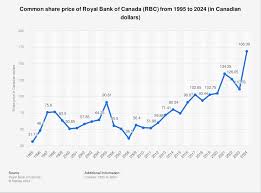
Introduction
Dov Charney, a name often associated with both innovation and controversy, is a Canadian-American entrepreneur best known as the founder of American Apparel. His journey through the fashion industry is marked by his bold marketing strategies and some contentious allegations, making him a figure of considerable interest. As the whirlwind of changes continues in retail and fashion, understanding Charney’s impact is essential for grasping current industry trends.
Charney’s Early Life and Career
Born on January 31, 1970, in Montreal, Quebec, Canada, Dov Charney displayed an entrepreneurial spirit from a young age. After moving to the United States to attend the University of California, Los Angeles (UCLA), Charney set his sights on the fashion industry. In 1989, he founded American Apparel, a clothing company characterized by its ethically produced, ‘sweatshop-free’ garments. His vision for American Apparel centered on transparency and fair labor practices, setting it apart from other clothing brands.
American Apparel’s Ascendancy
Under Charney’s leadership, American Apparel flourished in the early 2000s, thanks to its provocative advertising campaigns and a focus on essential clothing staples. The brand became famous for its vibrant, casual wear and its efforts to promote a diverse, body-positive image. Charney’s approach to marketing, often relying on risqué imagery, received both acclaim and backlash, drawing attention to the brand and solidifying its status in the fashion world.
Controversies and Downfall
However, Charney’s leadership was not without issues. Over the years, he faced multiple allegations of sexual harassment and misconduct, which ultimately led to a fall from grace. In 2014, he was ousted from American Apparel’s board and stripped of his role as CEO amidst mounting legal troubles. The once-thriving brand struggled to maintain its clientele and filed for bankruptcy in 2015.
Current Ventures and Future Prospects
Despite his tumultuous past, Dov Charney has not stepped away from the fashion industry. After American Apparel’s dissolution, he launched a new venture, Los Angeles Apparel, focusing on American-made clothing similar to his previous brand. The company has begun gaining traction, showcasing an array of basic apparel pieces and capitalizing on the growing trend for locally sourced goods.
Conclusion
Dov Charney’s journey through the fashion landscape is a testament to the complexities of entrepreneurship, particularly in industries prone to public scrutiny. His ability to adapt and innovate, even after facing significant challenges, highlights the resilience often found in successful entrepreneurs. As Los Angeles Apparel continues to evolve, the industry watchers will closely monitor Charney’s trajectory to witness whether his controversial history can lead to renaissance within the fashion world.

